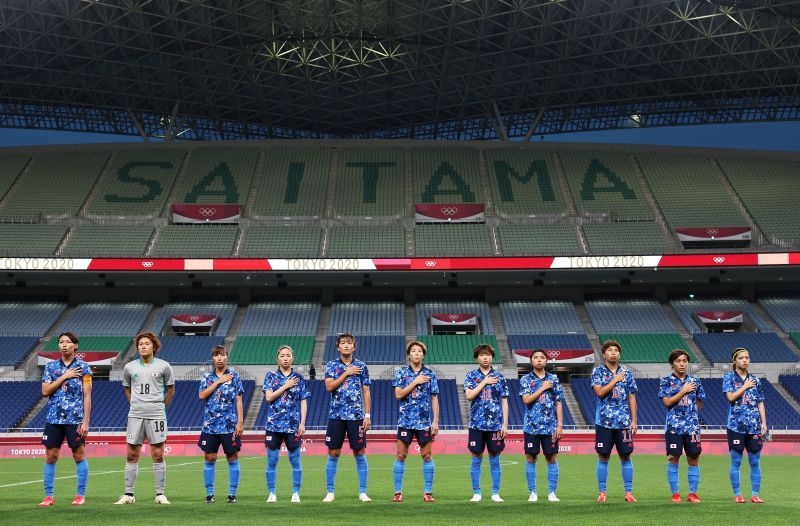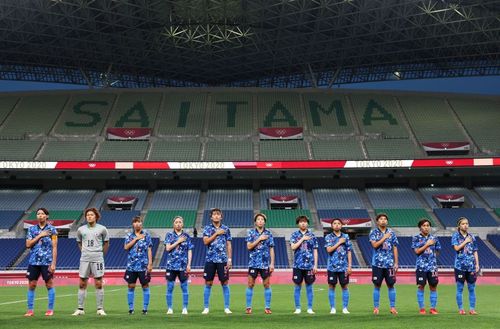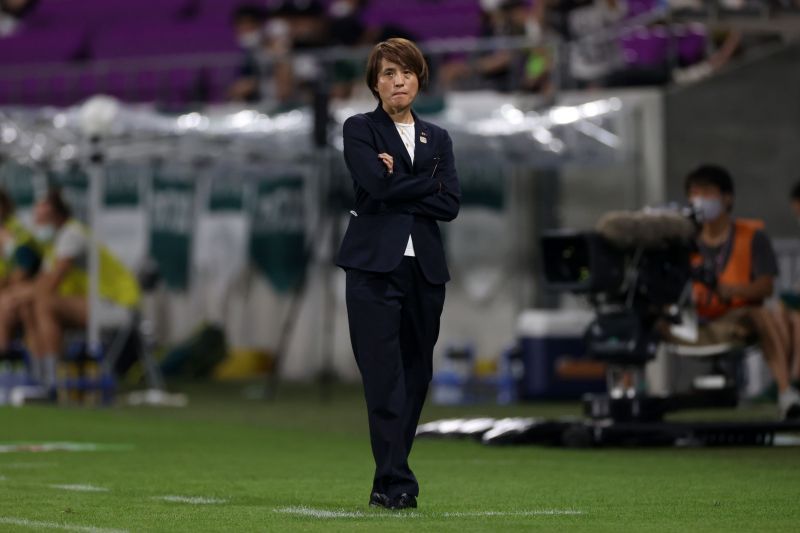
Nadeshiko Japan to consider change of leadership following underwhelming Tokyo 2020 campaign

Following their quarter-final defeat to tournament favorites Sweden last night, Japan must consider putting their best foot forward as they look ahead to the 2023 FIFA Women's World Cup, co-hosted by Australia and New Zealand.
Japan, whose best achievements include a FIFA Women's World Cup win in 2011 and a silver medal at the 2012 London Olympics, managed just one win from four matches at Tokyo 2020, scoring three goals in total.
Local media reports have suggested that the time is nigh for head coach Asako Takakura, who took the helm back in 2016 and has failed to make a lasting impression on the global stage during her time in charge.
Against Sweden, Japan produced arguably their best performance of Tokyo 2020. They played to their strengths by moving the ball quickly in order to maintain possession. Alas, as has been the case throughout the tournament, Japan fell short in creating clear cut chances and applying that elusive final touch.
For teams with a clear physical advantage over Japan, this was all too easy to defend against.
A lack of tactical versatility and the ability to adapt to their opponents style of play are at the root of Nadeshiko's underwhelming Olympics campaign. This was evident in the low number of goals scored and clear chances created.
In-game changes were also questionable and consisted mainly of poorly timed like-for-like substitutions.
That said, this is clearly not a squad without technical ability throughout. Arsenal forward Mana Iwabuchi was Japan's key player, scoring one goal and assisting another. AC Milan's Yui Hasegawa played tenaciously as a roaming attacker, causing havoc for opposing defenses.
Clinical finisher Mina Tanaka did well in restoring her confidence after missing a penalty against Canada in her first game by scoring twice for her country.
Honorable mentions are due to formidable ball players such as Narumi Miura, Hina Sugita and Emi Nakijima as their contribution was fundamental to the Nadeshiko game plan.
Many of these players have played together at club level and there is a strong sense of unity and team chemistry within the current roster. Implementing a game plan that focuses on fluid passing sequences and spacial awareness seems to have been a natural course of action when deciding Japan's best approach.
Therefore, the significance of Takakura's contribution to this largely finished product is somewhat questionable given the events that have unfolded of the course of Tokyo 2020.
As highlighted by Iwabuchi's delayed move to the English Women's Super League, Takakura has supposedly encouraged players against making prestigious moves overseas to the world's top leagues.
In doing so, the players would risk their place in the Tokyo 2020 final cut squad as they would subsequently make themselves unavailable for national team training camps and friendly matches taking place in Japan.
This approach has arguably denied Japanese players the opportunity to hone their talents while competing against high caliber overseas players, the likes of which have ultimately had the beating of them at this tournament.
Nadeshiko Japan: A change in mentality is essential
Above all else, Nadeshiko Japan seem unable to compete against the world's best women's footballing nations. The stark difference in physicality is a disadvantage that has always existed and has been overcome in the past, most notably in their 2011 World Cup win.
This time around, their tactical limitations seem to be the root cause of their failure to deliver at Tokyo 2020.

With the inauguration of Japan's first ever women's professional football league, the WE League, in September, the JFA must now consider the best options for its women's game.
In order to ensure the various benefits of a new pro league contribute to Japan's success on the global stage, perhaps a fresh perspective is needed to steer the ship in the right direction.